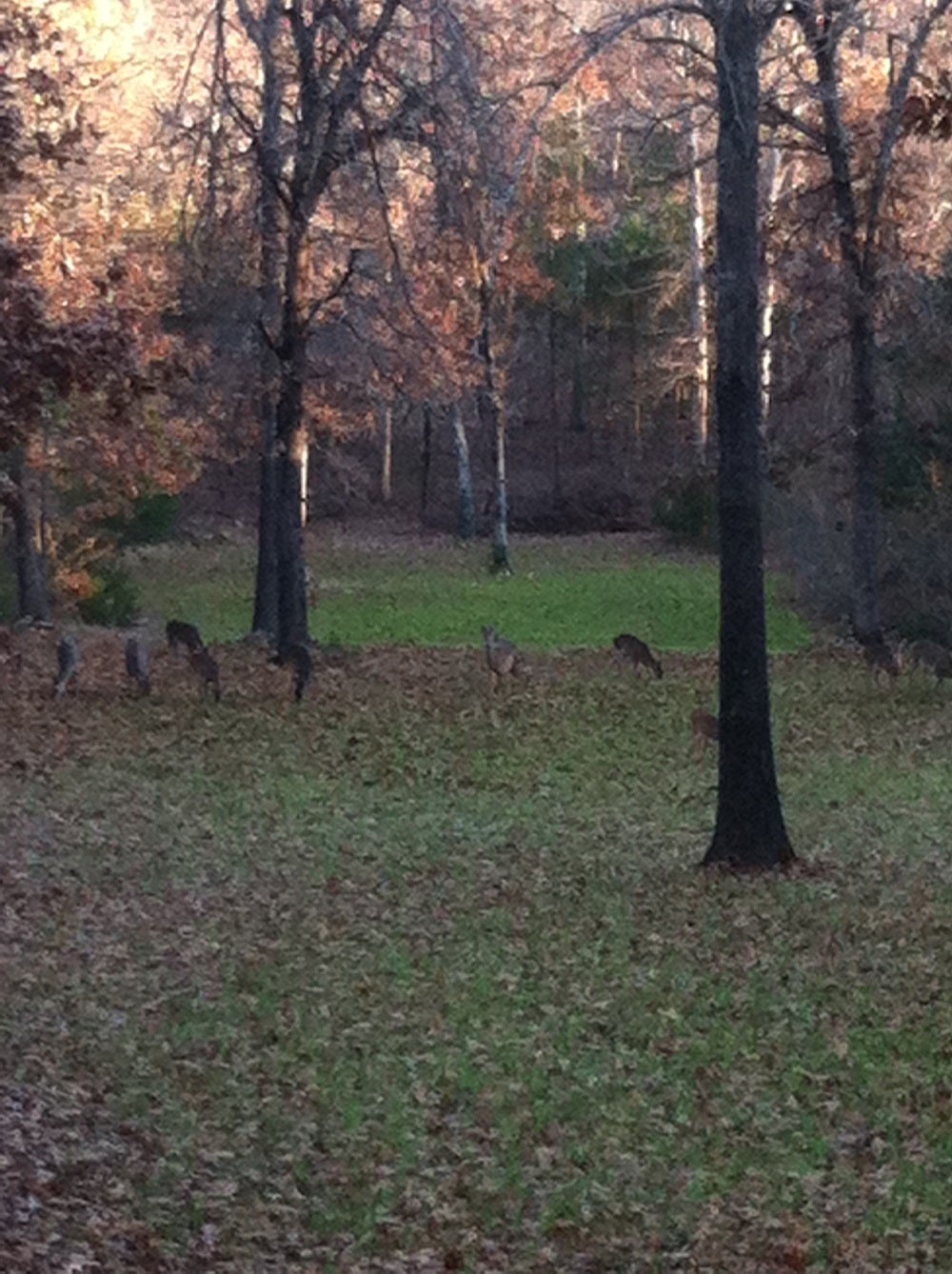Struggles with Fall Wildlife Food Plots
Dr. John Woods 08.22.15

Wildlife food plots are a huge investment. Knowing this, all hunters playing with the idea of becoming a mini-farmer are justifiably nervous about producing high quality food plots. After all there are a whole bunch of factors that can easily contribute to food plot failure, and some of them are totally out of our control.
My own deer hunting camp is a prime textbook example of how not to produce good wildlife food plots. We have owned the property for 22 years, and out of that time I would guess we have had decent food plots maybe 2-3 years. In some cases we failed to do what needed to be done in a timely fashion, but other times we were simply ruined by Mother Nature.
First and foremost if you don’t have decent soils, then you can’t grow squat. You can improve most dirt by adding supplements if you know what to add. So get your soils tested every 2-3 years so that you know exactly what to add to maximize the dirt’s ability to grow stuff.
Depending on the results of your soil analysis, it is a good bet the soil will need lime and a fair measure of good fertilizer. Lime is cheap but can be costly to put down. It takes from six months to a year to leach into the soil to do any good, so planning in advance is required. Then prep your plots with a thorough plowing and disking. Fine soil prep is essential.
Fertilizing planted seeds does not mean just throwing out some Triple-13. Read your soil tests to see exactly what it is needed. You may also have to rotate wildlife food plot plants in order to restore natural nutrients to the soil. You can virtually “burn out” soils by over chemically treating them. Consult a wildlife specialists or a county agricultural agent to get expert advice on the soil types in your area. This service should be free.
One of the biggest dilemmas is choosing the best food plot seed. Again, seek advice since territorial soils grow some plants best, not others. From experience we have shied away from the big name high profile marketed seed blends. They don’t seem to work even as well as more generic mixes available from the local farm co-op. If you buy the expensive stuff, try out some small areas first. Work your plots by the book, then pray for rain.